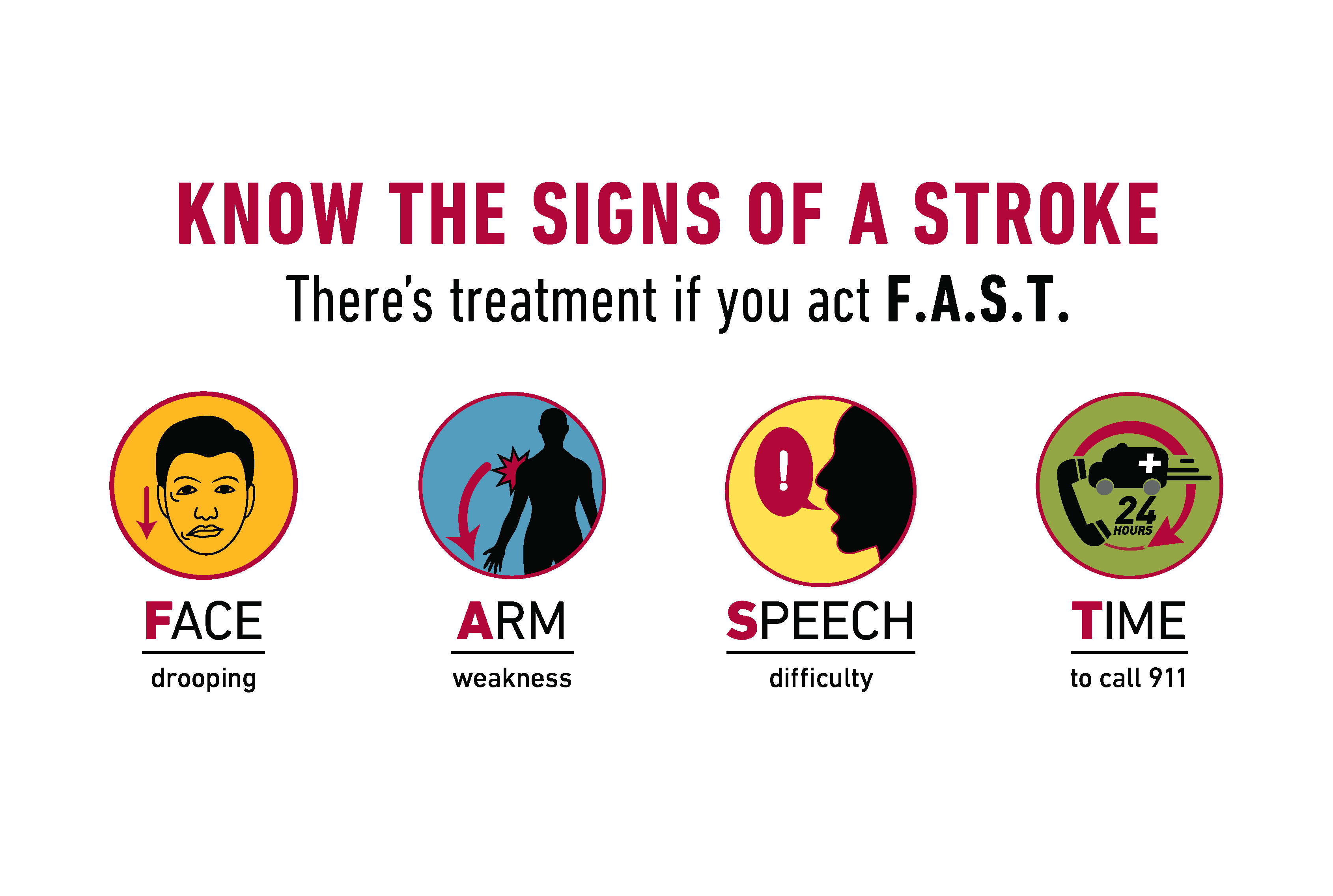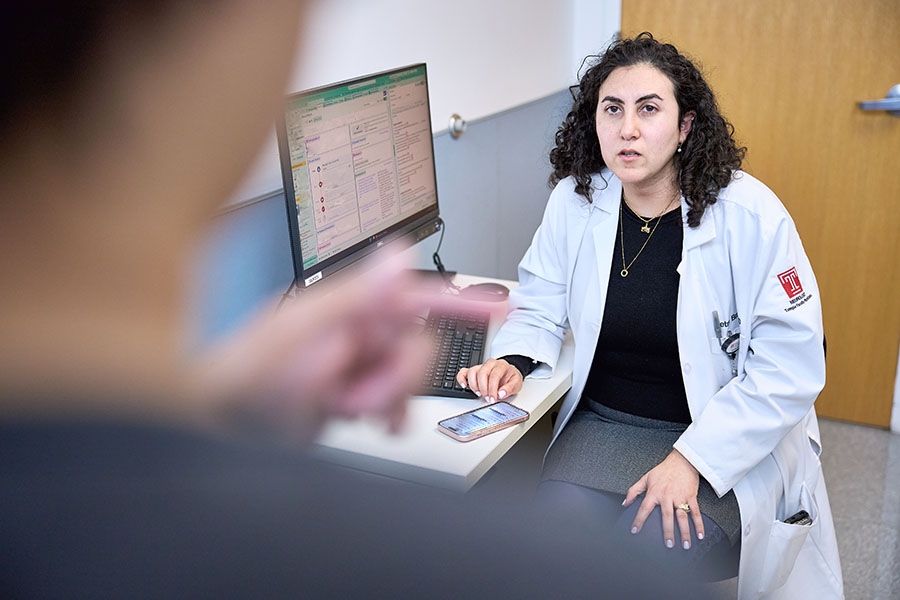Every 4 minutes, someone in the U.S. dies from stroke, accounting for 1 in every 20 deaths.
Imagine what would happen if your loved one had a stroke. Would you know what to do if they suddenly lost their sense of speech? Stroke can be immediate and unfortunately fatal, but it can also be successfully treated if you get help right away.
When you’re not a doctor, spotting a stroke can sometimes be difficult. That’s why I am sharing what to look for and what you can do if someone you love is having a stroke.
Jump to:
- Types of Stroke
- Act F.A.S.T. to Spot a Stroke
- Stroke Is Always an Emergency
- Stroke Prevention: Are You at Risk?
- Timely Treatment Saves Lives
Types of Stroke
There are 2 different types of stroke:
- Ischemic stroke — when a blood vessel in your brain is cut off or blocked.
- Hemorrhagic stroke — when a blood vessel bursts, causing blood to leak into the brain.
Either way, your brain cells do not get the oxygen and nutrients they need, and they begin to die.
Act F.A.S.T. to Spot a Stroke
An easy way to recognize stroke symptoms is to use the F.A.S.T. acronym.

The 4 ways to recognize symptoms of a stroke are:
F - Face drooping
Ask your loved one to smile. If their smile is lopsided or does not look right, call for help. When stroke causes damage to the part of the brain that controls the muscles in the face, it can cause facial paralysis, or drooping on one side.
A - Arm weakness
Have the person raise both arms. If one drifts down, it may be a sign of stroke. They may have weakness on one whole side of their body following stroke, but it’s most common to have arm weakness.
S - Speech difficulty
Can your loved one repeat their name or repeat a sentence? If they slur, cannot speak or you cannot understand them, get help.
T - Time to call 911
If any or all of these symptoms happen, go to your nearest emergency room or dial 911.
Stroke Is Always an Emergency
Even if someone seems OK after a few minutes, call 911.
First responders can determine what kind of help is needed. Your job is to recognize the signs and act immediately. Of course, this applies to your own health, too. If you have any of these symptoms, go to your nearest emergency room or call 911 without delay.
Remember, act F.A.S.T. for stroke.
Stroke Prevention: Are You at Risk?
You may be at risk for stroke without knowing it. Certain conditions put you at higher risk, including:
Some factors that increase stroke risk are not things you can change — age, sex, race/ethnicity and family history of stroke. That’s why it’s so important to change the ones you can, such as:
- Eat healthy — the Mediterranean diet, for example, is well-rounded and allows for fats like olive oil
- Exercise — even small blocks of 10 minutes three times a day help you get the recommended weekly amount
- Quit smoking — more than anything, quitting smoking significantly reduces your stroke risk
We all know changing habits is hard. Temple offers programs to help you quit smoking and lose weight.
Timely Treatment Saves Lives
We’ve made great strides in stroke treatment. And the sooner you get treatment, the better. If your loved one survives, you also want them to be able to enjoy their life. Today’s treatments are designed to prevent long-term effects of stroke, but you have to get them close to immediately.
I cannot say it enough. Stroke is always an emergency, even if symptoms seem to go away. When in doubt, go to your nearest emergency room or dial 911.
Some of the treatments we offer at Temple include:
- Alteplase IV r-tPA helps dissolve clots that block brain vessels. It’s important to get this treatment within 3 hours of having a stroke.
- Mechanical thrombectomy uses a long tube called a stent to open the brain vessel and remove clots. This should be done within 6 hours of having stroke symptoms.
The Temple Stroke Program is nationally recognized for treating complex stroke patients.

